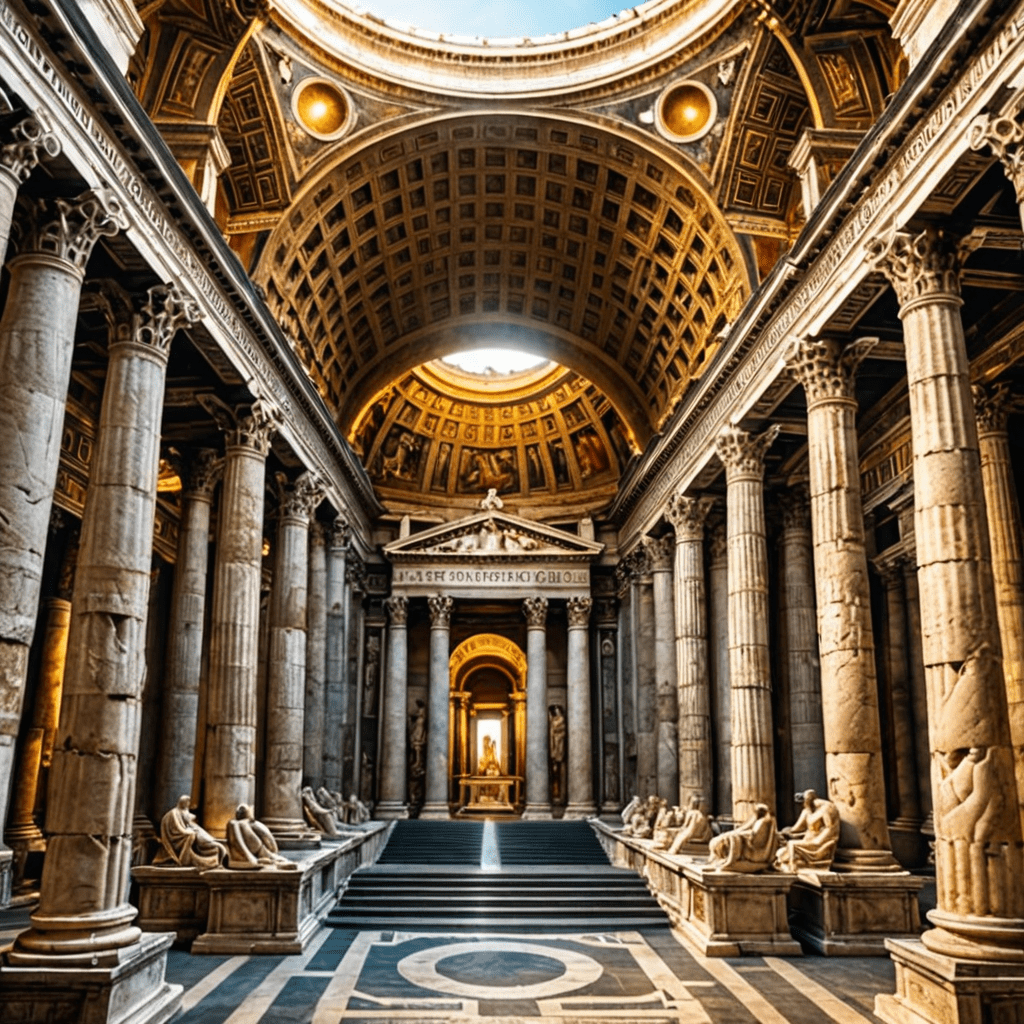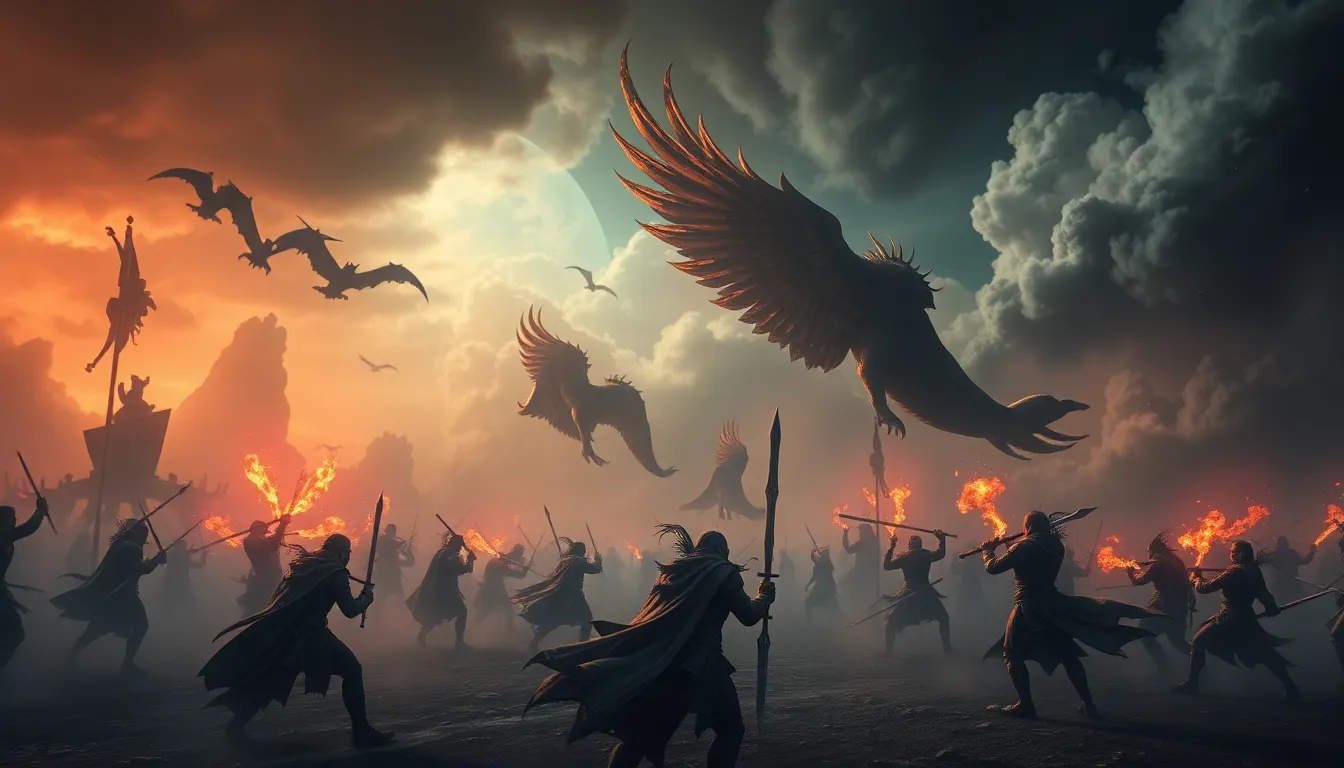The Influence of Roman Mythology on Roman Engineering
Roman mythology, with its rich tapestry of gods and legends, played a significant role in influencing various aspects of Roman society, including engineering. Let’s delve into how the myths and stories of ancient Rome impacted the architectural and engineering feats of the Roman Empire.
1. Mythological Inspiration in Architectural Design
Mythological tales often served as a source of inspiration for Roman architects and engineers. For example, the Pantheon, a magnificent temple dedicated to all the gods, drew on the influence of Roman mythology in its design. The dome of the Pantheon was constructed to symbolize the heavens, reflecting the celestial realm of the gods in Roman mythology.
2. Structural Innovations with Mythological Roots
Roman mythology fostered a sense of grandeur and scale that influenced engineering decisions. The myth of Hercules and Cacus, where Hercules overpowers a monstrous giant, inspired the construction of aqueducts and bridges that showcased Roman engineering prowess. The need to demonstrate strength and power, reminiscent of Hercules’ deeds, led to the creation of monumental structures that still awe us today.
3. Practical Applications Inspired by Mythological Beliefs
Beliefs in Roman mythology often impacted practical engineering solutions. The use of symbolism related to gods and mythical figures was not uncommon in Roman engineering. For instance, the Colosseum, an iconic amphitheater, was designed based on the principles of Roman mythology, reflecting themes of power, victory, and entertainment central to Roman beliefs.
4. Perpetuating Cultural Identity through Engineering
Roman mythology was intricately woven into the fabric of Roman society, and this inclusion extended to engineering marvels as well. By incorporating myths and legends into their structures, Romans passed down cultural narratives and values through generations. These engineering marvels stand as enduring testaments to the deep-rooted influence of Roman mythology on Roman engineering.
FAQs about the Influence of Roman Mythology on Roman Engineering
What role did Roman mythology play in Roman engineering?
Roman mythology often inspired the Romans in their engineering endeavors. They named structures after gods and goddesses, believing that invoking divine powers would bring strength and longevity to their creations.
How did Roman mythology influence the design of buildings and infrastructure?
Roman engineers incorporated elements from mythology into their architectural designs. For example, the Pantheon’s dome was a representation of the heavens, symbolizing the cosmos ruled by the gods.
Did Roman mythology impact the construction of aqueducts and roads?
Yes, Roman mythology influenced the construction of aqueducts and roads. The aqueducts were named after deities associated with water, while roads like the Via Appia were often linked to myths or historical events, honoring the gods.
What are some examples of Roman engineering structures influenced by mythology?
Examples include the Temple of Jupiter Optimus Maximus, dedicated to the king of gods; the Colosseum, symbolizing power and grandeur akin to the Roman gods; and the Arch of Constantine, celebrating military victories in the name of divine favor.



